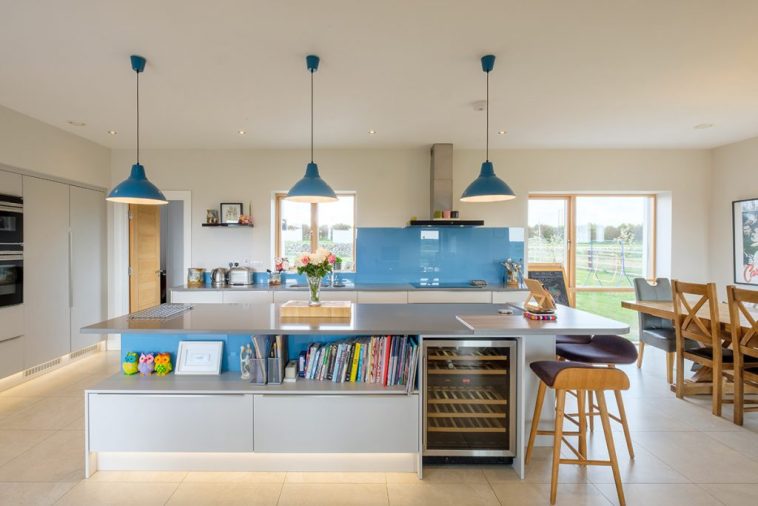You can choose a kitchen straight from a catalogue – or design your own by mixing and matching elements. Here are some ideas to inspire you.
In this article we cover:
- Main kitchen styles to choose from
- Kitchen style vs house style
- Sketches of different layouts with pros/cons
- How to add colour
- Inspiration images
Designing a kitchen is one of the most exciting – and sometimes overwhelming – parts of building or renovating a home. It’s where style meets practicality, and where dozens of choices, from cabinet finishes to worktop materials, come together to create the heart of the house.
Much like the external appearance of your house, you can pick your kitchen out of a book or you can design it yourself, mixing and matching elements you like.
Kitchen style ideas
Kitchen styles generally fall into two broad categories: traditional, which draws on pre-20th-century design, and contemporary, which evolved in the post-war period. Because a kitchen is a fixed and expensive investment, it’s usually best to choose a style that complements the overall look and feel of your home – one you won’t tire of too quickly.
[adrotate banner="58"]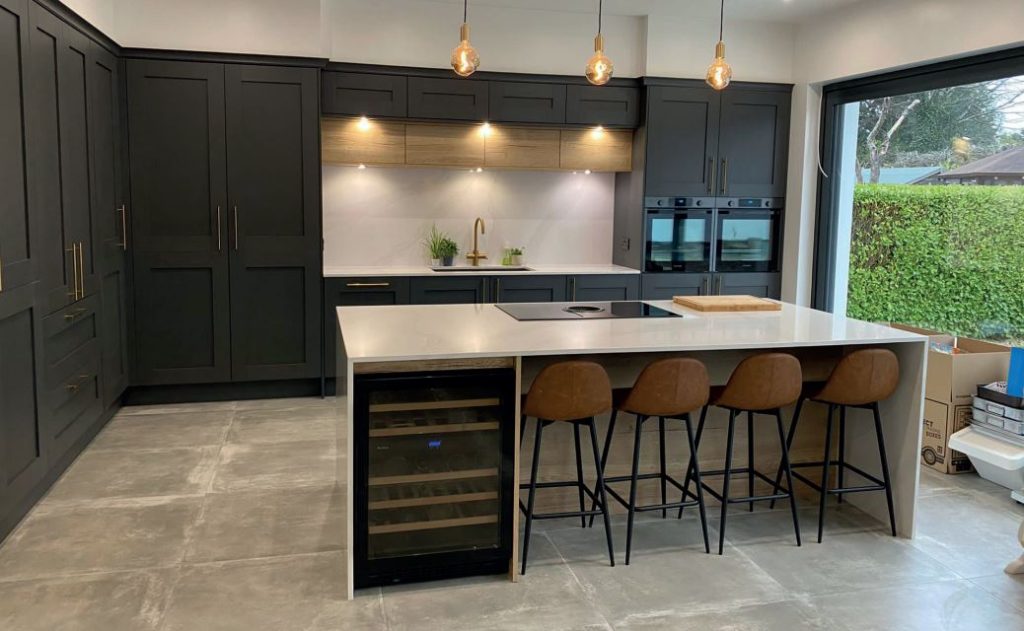
For example, a classic panelled door might suit a Georgian period home, while a Shaker style works well in a traditional cottage. A plain, wood-panelled design with integrated handles could be ideal for a 1970s bungalow – and so on.
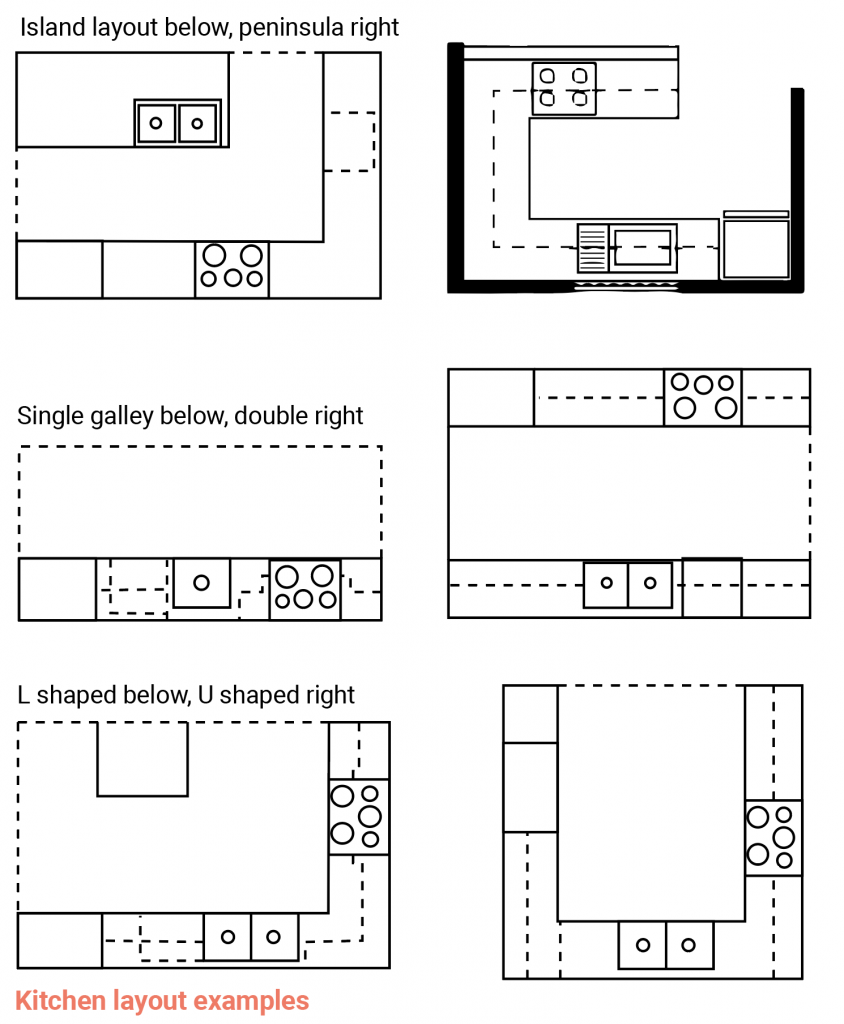
Traditional
Traditional kitchen style ideas often tap into a sense of nostalgia – evoking the cosy charm of a grandmother’s kitchen, whether real or imagined. They can also convey the relaxed feel of country or rural life, in contrast to a more urban look.
These styles tend to feature decorative elements such as ornamental plate racks, fretwork, dresser shelves and pilasters. Belfast sinks and freestanding range cookers are also hallmark features of a traditional kitchen.
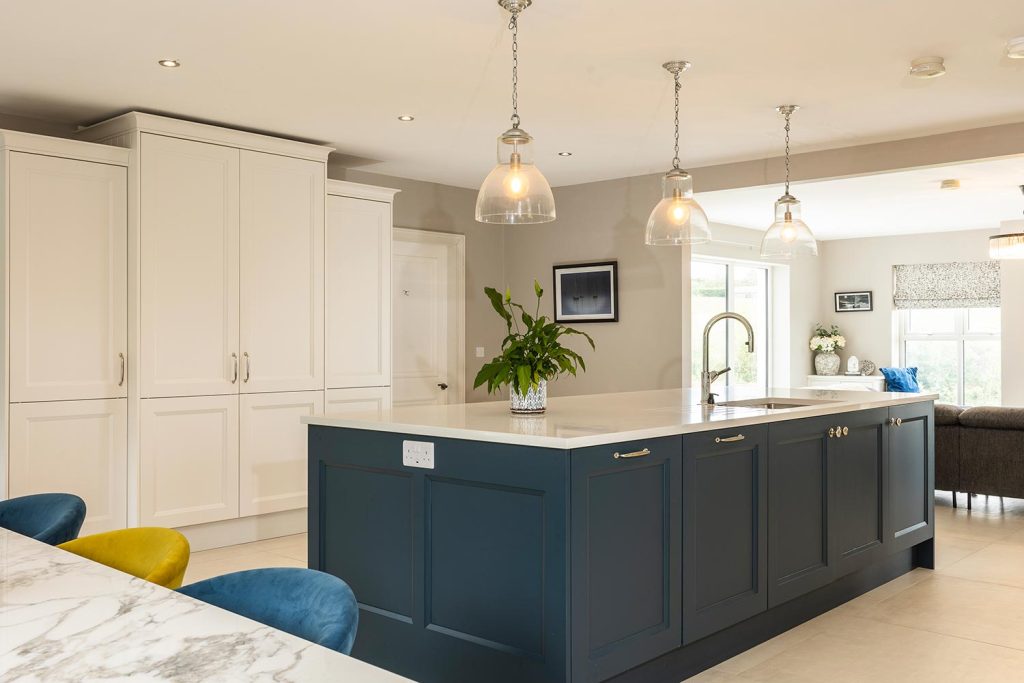
Contemporary
Contemporary kitchen style ideas are chiefly concerned with function: with no decorative elements or dust collectors included. Doors are usually plain which aim to complement the high tech appliances.
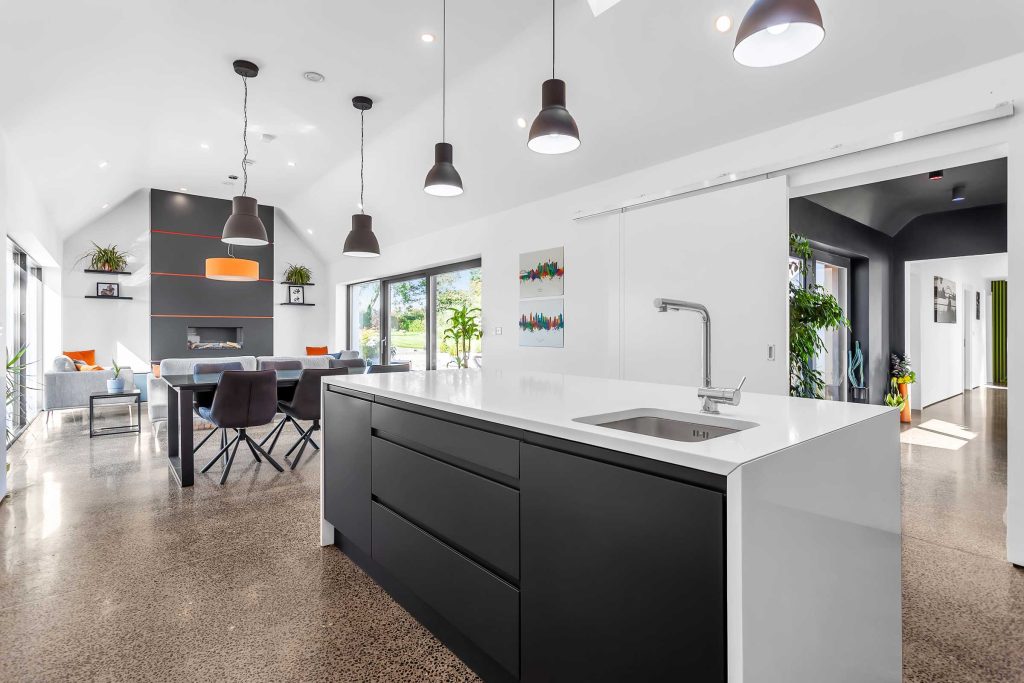
Any current design trend can take hold in the kitchen, be it Scandinavian (clean simple lines with reliance on wooden effects and often white as a prevailing colour) or minimalist. In general, an emphasis on manmade materials for worktops and panels, with glass and metal effects on doors and appliances, look more towards an industrial aesthetic as seen in the commercial kitchens of restaurants and hotels.
Colour Coded
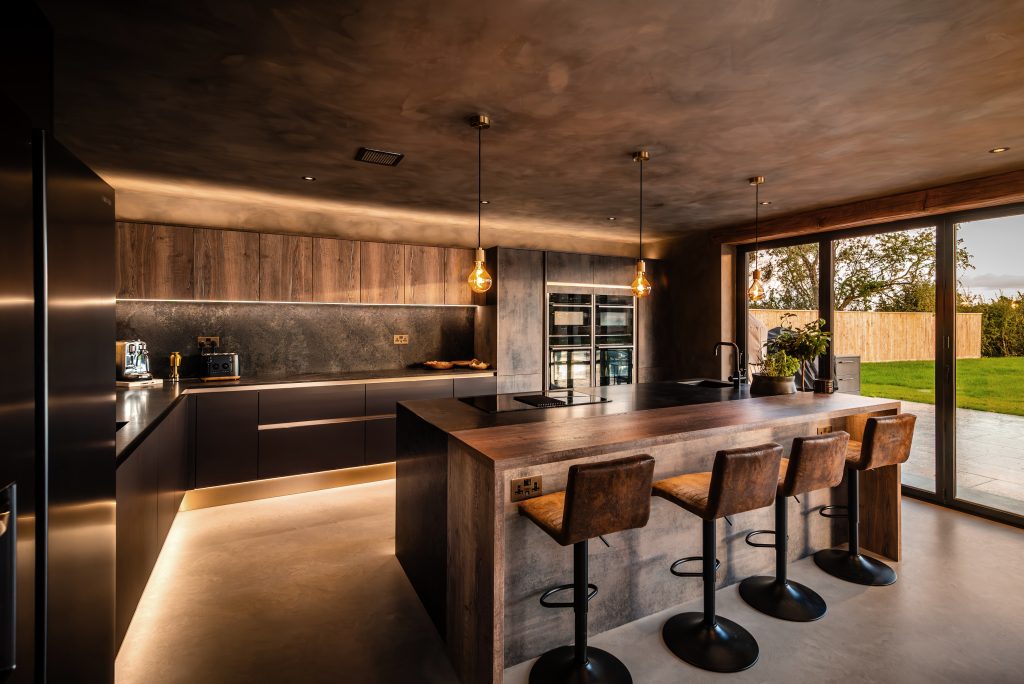
In many kitchens, a dominant colour sets the tone for the overall look – whether it’s classic white or something bolder like blue, black or green.
Sometimes, it’s not paint that defines the colour but the material itself – for example, natural wood can bring warmth and texture without the need for added colour.

